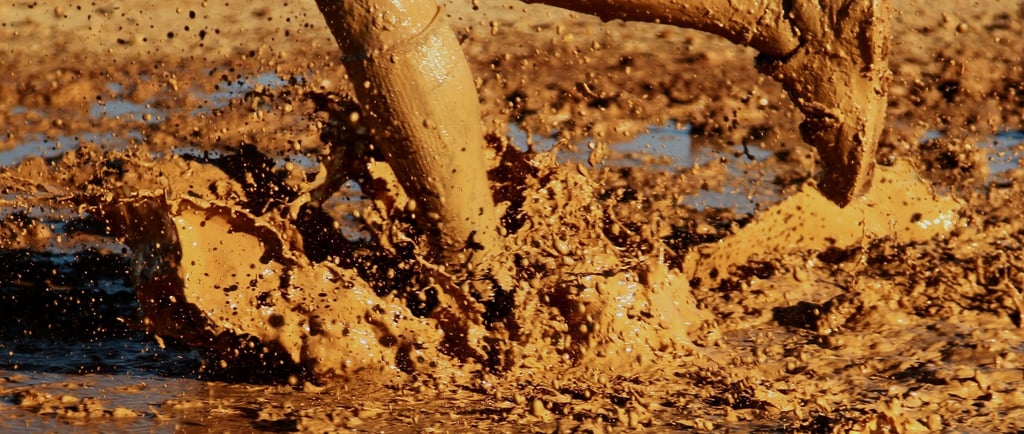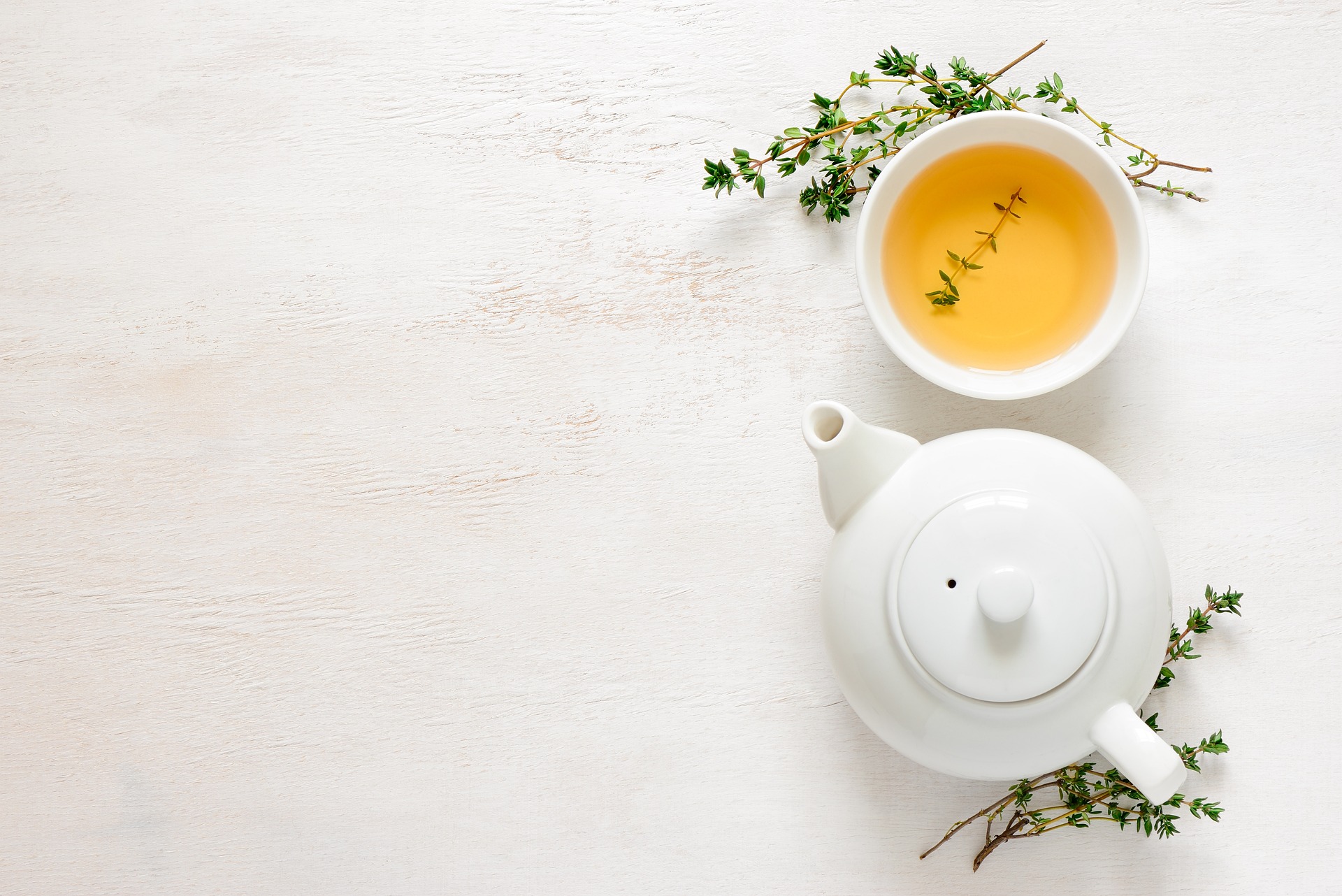🛝🟤The Color That Came from the Mud! ✨Van Dyke Brown🖼️
A follow-up story branching from the chapter COLOR in the Art Album. 🌈 This story invites children to uncover how even the simplest materials—like soil with decaying plants—can become powerful pigments in art. 🛝🟤✨This muddy brown shows how nature’s humble elements were transformed into art. Just like the warm glow of saffron, the shimmer of lapis lazuli, or the dangerous beauty of Scheele’s Green, Van Dyke Brown reveals how artists explored nature to expand their palette. 🎨🌱 This story connects to other pigment discoveries in the album, encouraging children to wonder, “What other colors might nature be hiding?” 🌍✨
ART STORIES
1/30/20252 min read


Remember the last time you played in the dirt and ended up covered in muddy brown hands and maybe shoes ? 🛝🟤 Now imagine if that very dirt could be turned into something beautiful—something artists could use to paint stunning portraits, landscapes, and even masterpieces that are on display in museums today! That’s exactly what happened with a rich chocolatey brown pigment made from… well, dirt! 🌱✨
A littlle over 400 years ago, a famous Dutch painter named Anthony Van Dyck 👨🎨 (pronounced “van-dike”) became well-known for his incredible realistic portraits of royalty and important people. Portait 1 Portrait 2 Portait 3 Portait 4 Portrait 5, Portrait 6 He had a special talent for drawing people and painting rich, warm, earthy tones—especially the soft, deep brown shades of clothing, shadows, and backgrounds.
But what's the relationship between this artist and the pigment coming straight from the mud? Well, 400 years go people discovered a unique type of brown pigment in the soil near bogs, rivers, and wetlands. This “magic dirt” wasn’t just ordinary mud—it was full of ancient, decayed plants that had been buried and preserved over hundreds, or even thousands, of years. Scientists call this type of soil peat or bogs.
People gathered the soil, dried it out, and ground it into a fine powder. When mixed with oils, this powder transformed into a smooth, creamy brown paint that was perfect for creating warm, glowing tones. 🎨✨ And this was the secret pigment Van Dyck used to made this its earthy richness in his paitings. The pigment became famous as the Van Dyke Brown .🌾🪵 Artists loved it because it wasn’t just a flat brown—it had depth and warmth, like the color of freshly brewed hot chocolate! ☕🍫They used it to add shadows and depth to their paintings. 🖼️🌳 Some even called it “the perfect brown” because it could be mixed with other colors to create a whole range of warm, earthy shades. 🎨
200 years ago in early photography Van Dyke's brown found a new use! 📸 People discovered that this pigment could be used to make photographic prints called “Van Dyke prints,” which had a warm brown tone and looked like old-fashioned sepia photos. Imagine taking a picture and seeing it develop into a beautiful chocolatey brown! 🍫✨
💭 I Wonder… 💭
How do you think people figured out that dirt could become paint? 🤔 Do you think they just experimented, gathering some dirt, clay, or mud from the garden and then mixing it with water add egg yolk or oil ? Do you think we could re-create Van Dyke's brown from some dirt? 🌱🎨
With Montessori joy,
Vanina 😊

